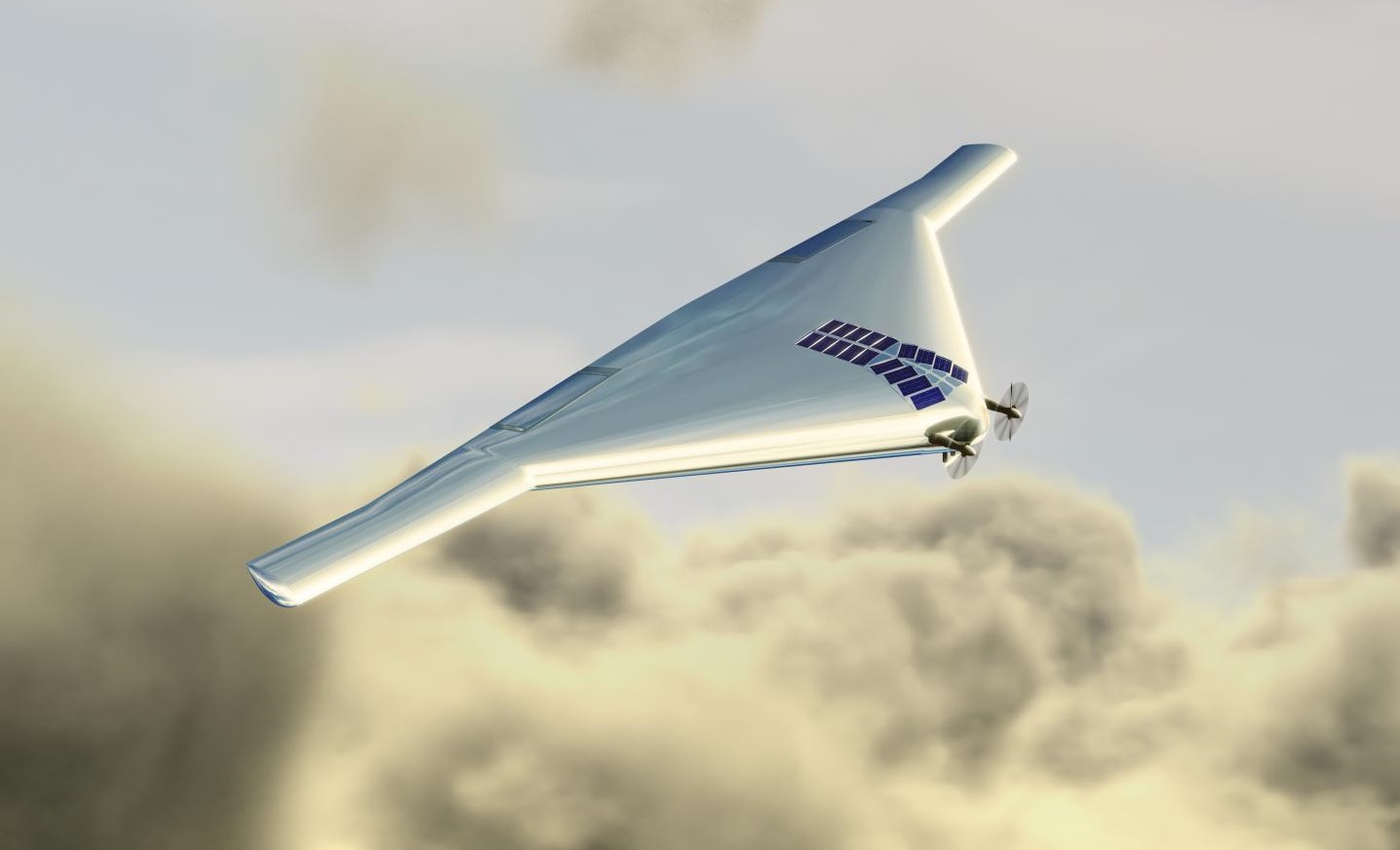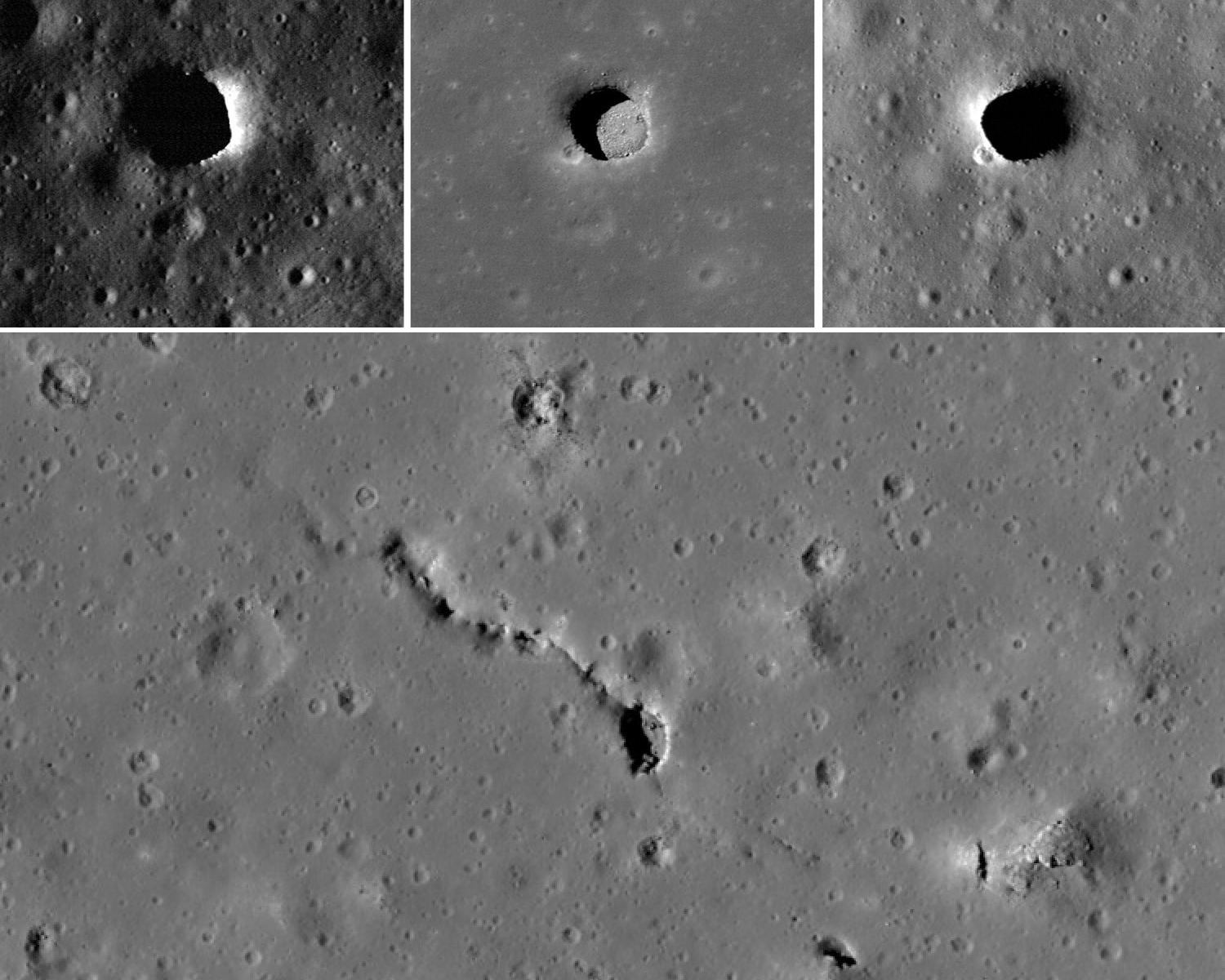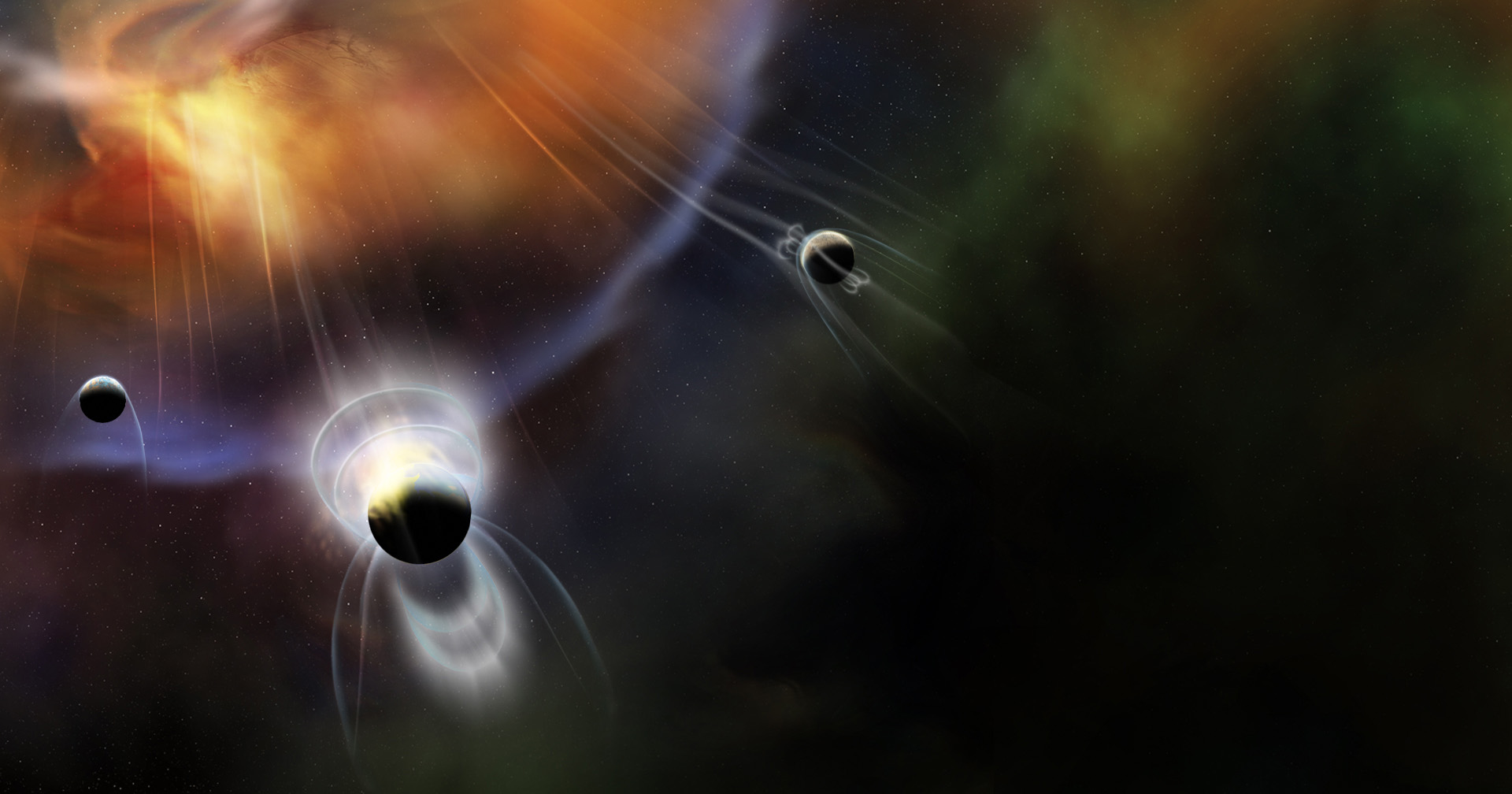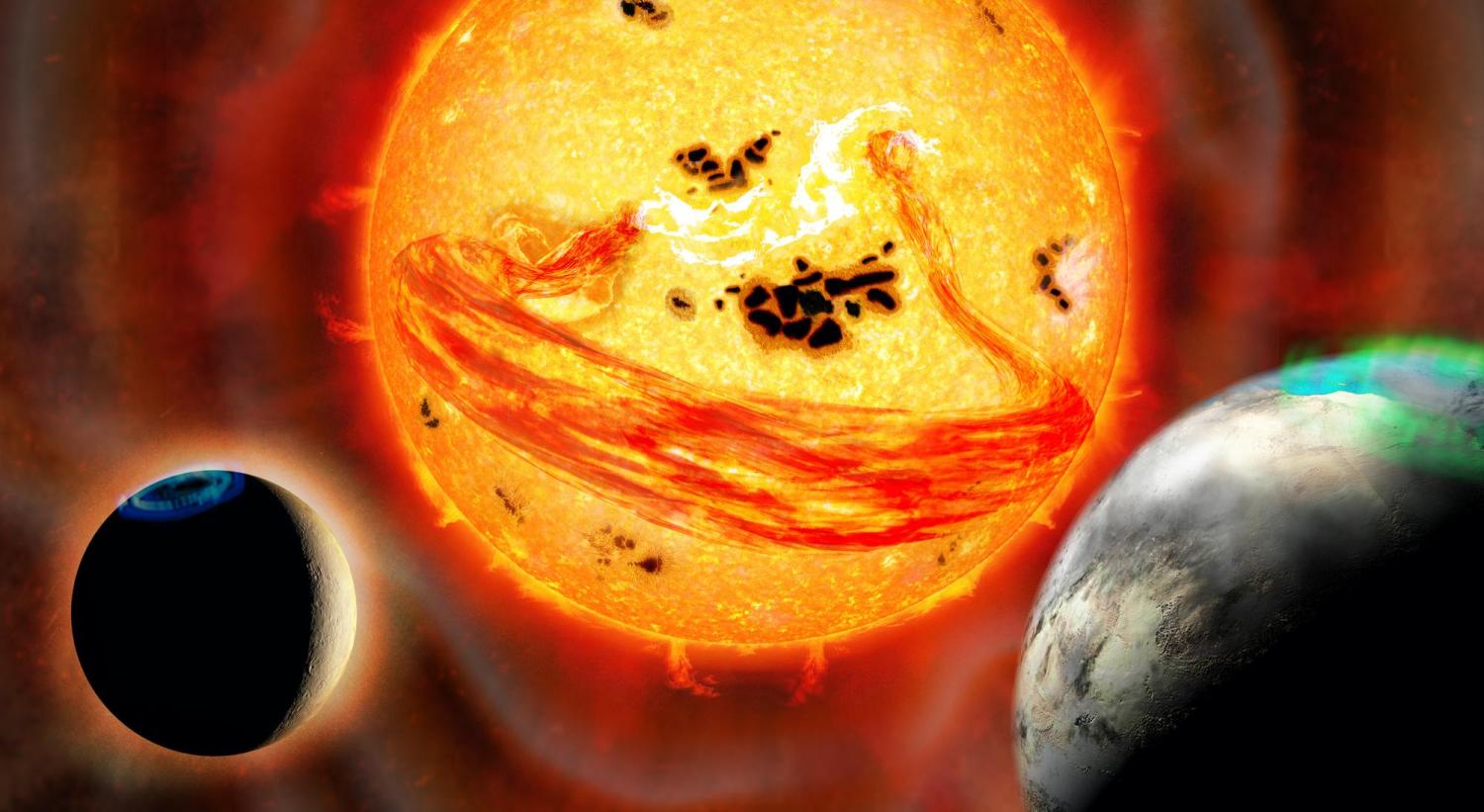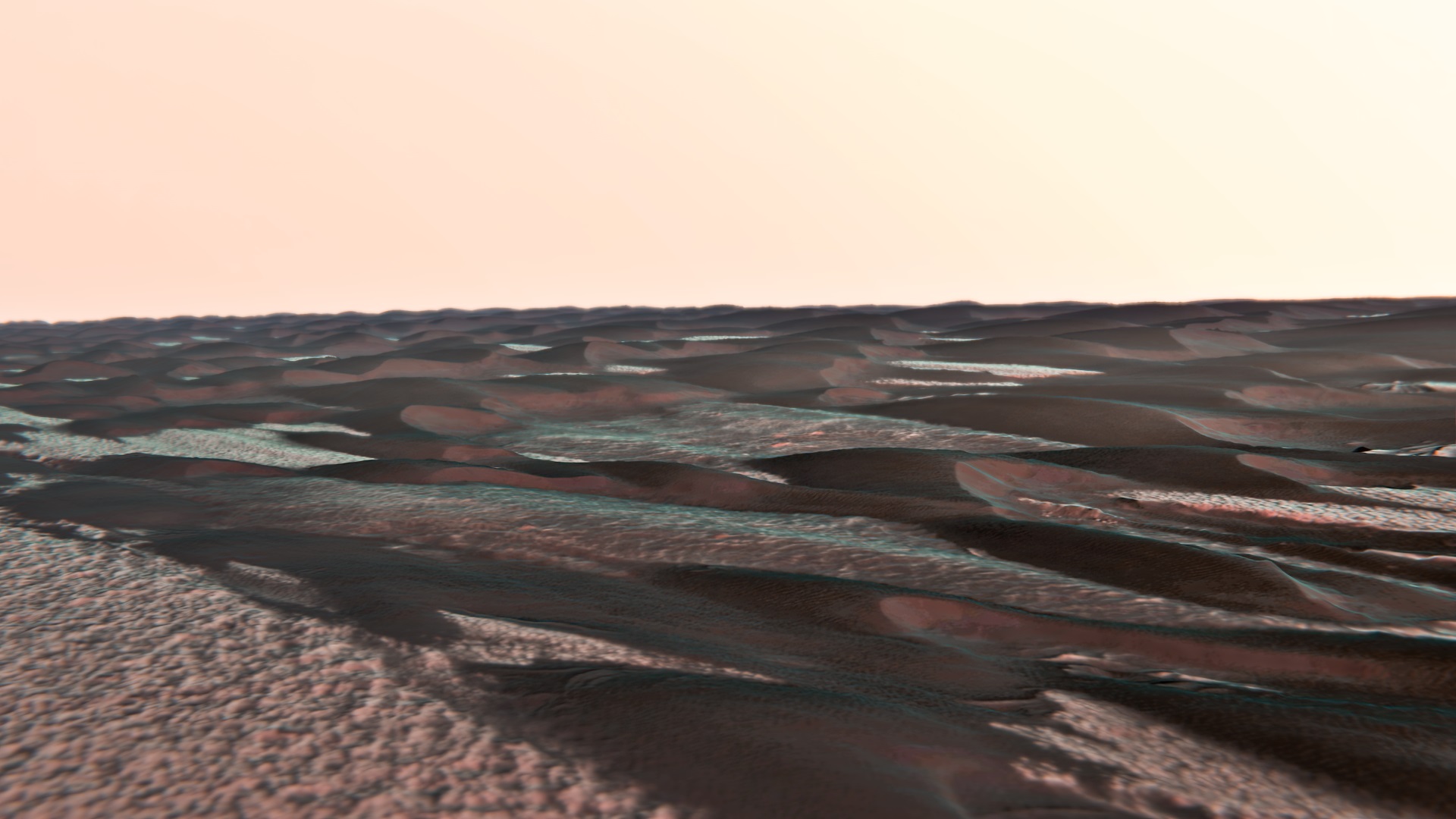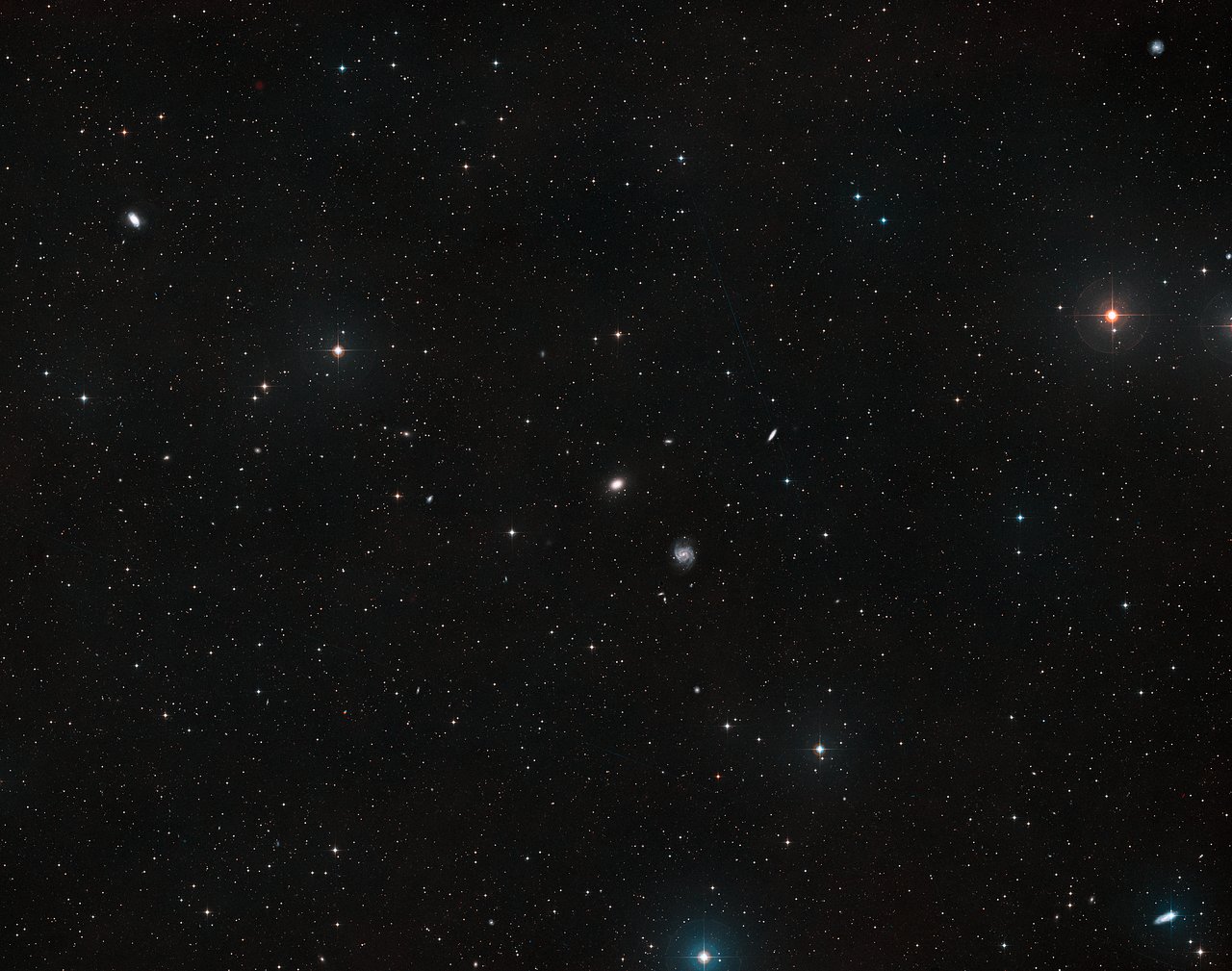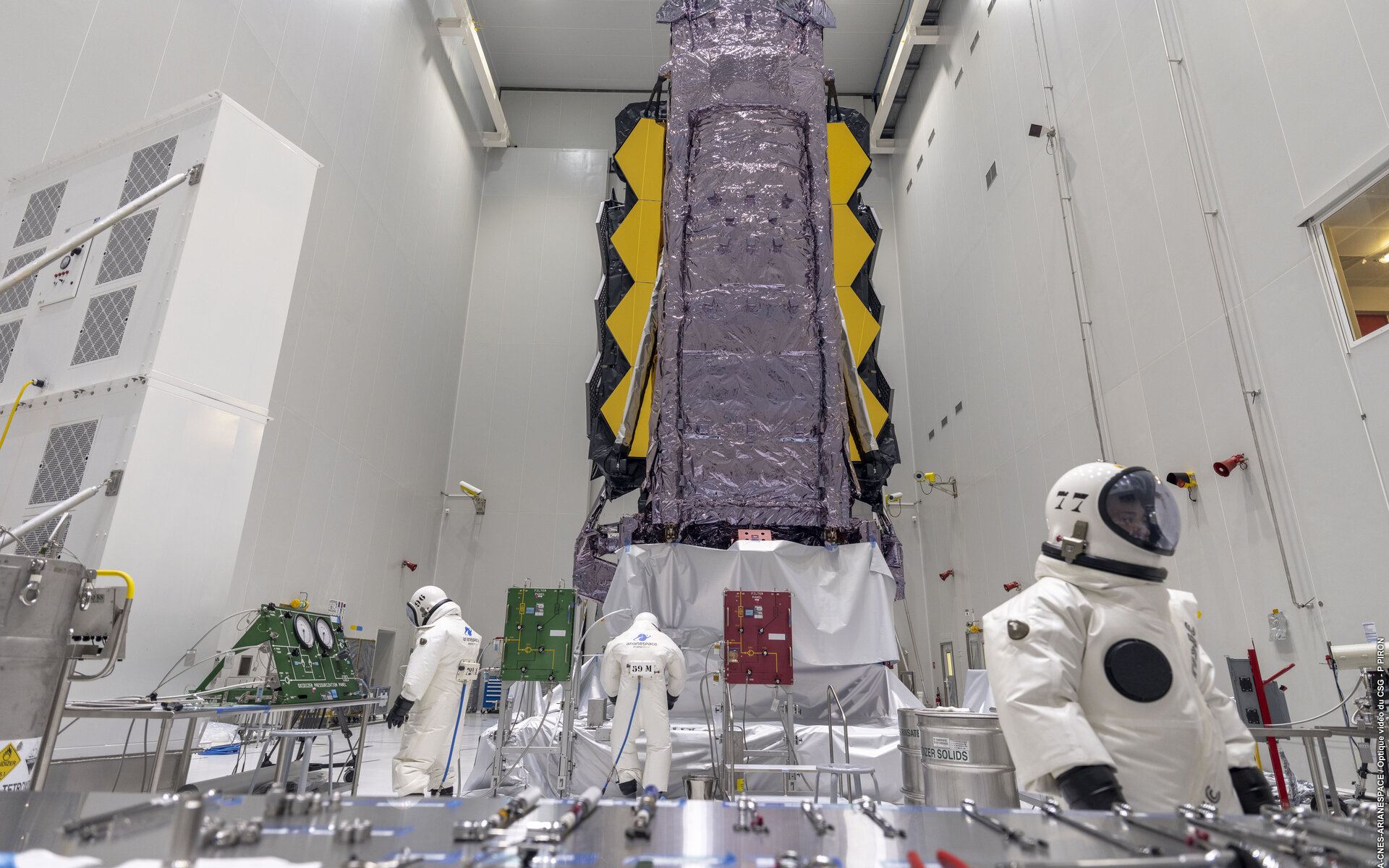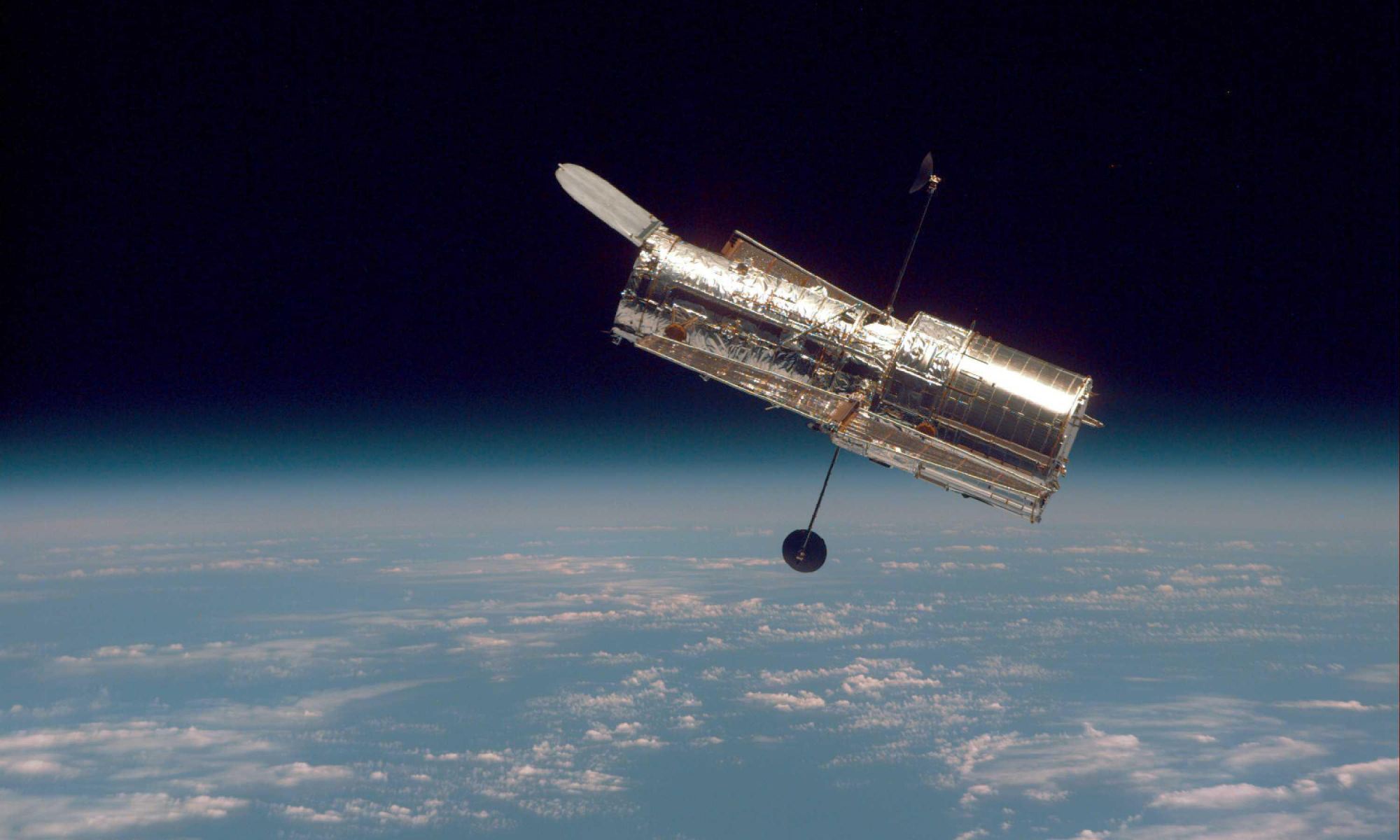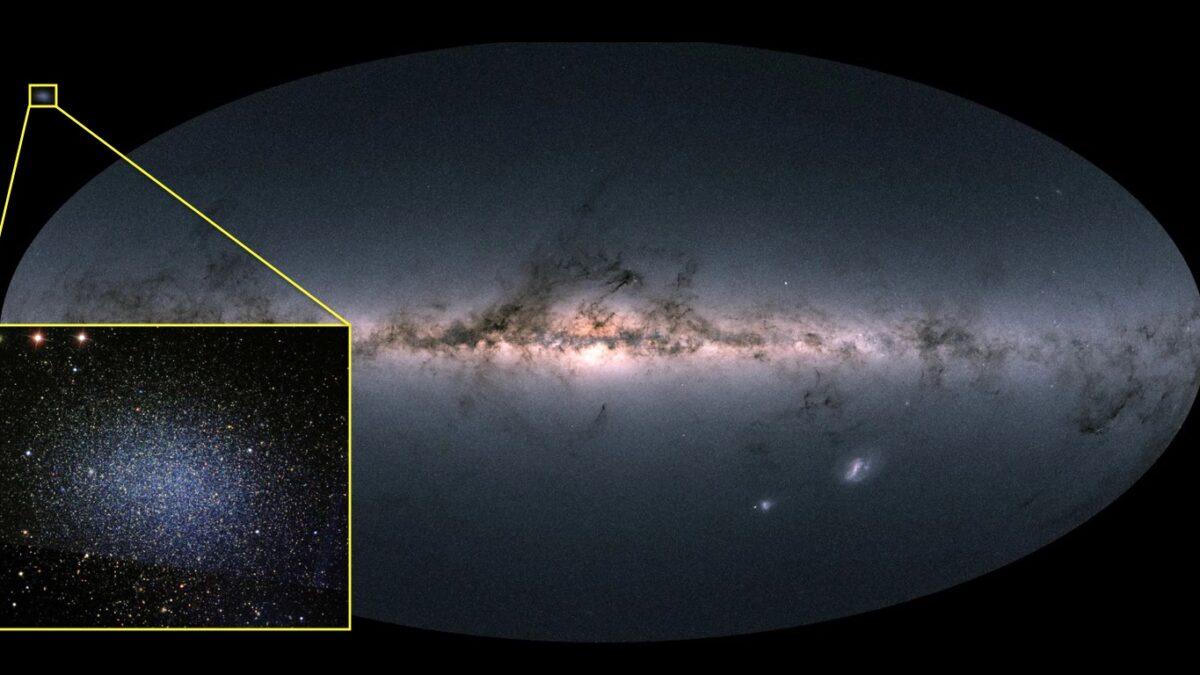According to multiple lines of evidence, Venus was once a much different planet than it is today. But roughly 500 million years ago, a massive resurfacing event triggered a runaway greenhouse effect that led to the hot, poisonous, and hellish environment we see there today. Therefore, the study of Venus presents an opportunity to model the evolution of planetary environments, which can serve as a reference for what could happen in the future.
In the coming years, NASA plans to send lighter-than-air missions to Venus to explore the atmosphere above the cloud tops, where temperatures are stable and atmospheric pressure is comparable to that of Earth. With support from NASA, engineers at West Virginia University (WVU) are developing software that will enable balloon-based aerial robots (aerobots) to survey Venus’ atmosphere in small fleets.
Continue reading “Floating “Aerobats” Could be the Best way to Explore the Cloud Tops of Venus”
